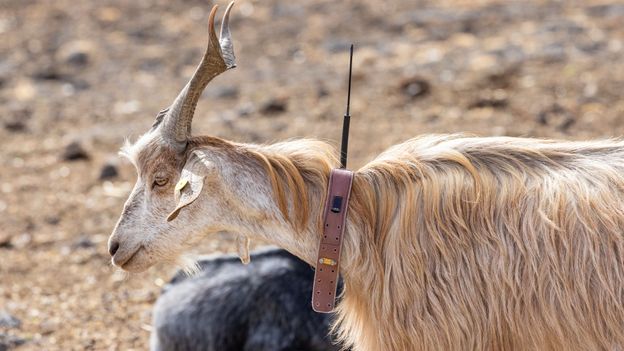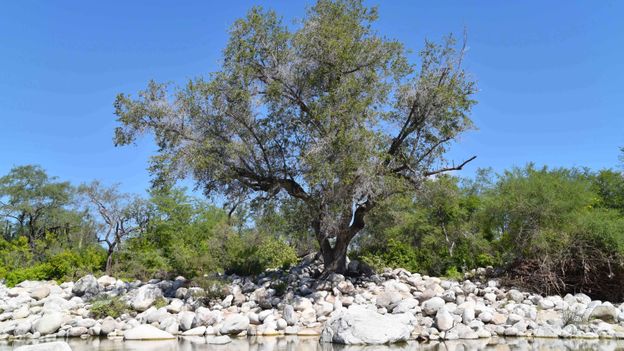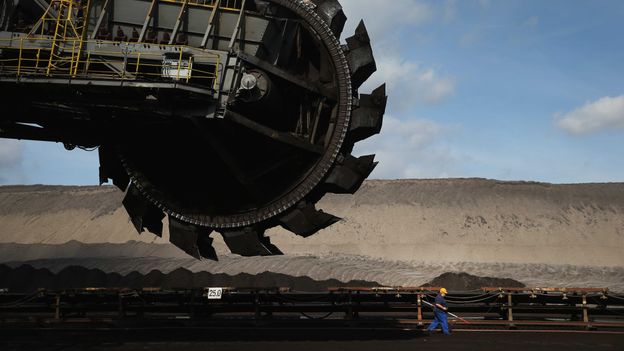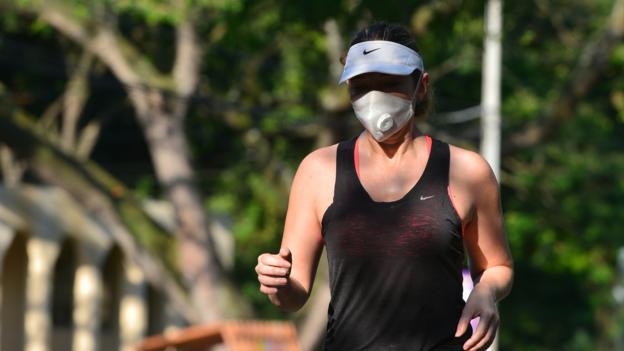Kivi Kuaka will also look at whether bird behaviour could warn against more infrequent hazards like tsunamis, which are known to generate distinctive infrasound patterns that race ahead of the actual waves. The project aims to test birds’ possible contribution to an early warning system informing the imminent arrival of a typhoon or tsunami, says Francesiaz. The team is currently in the process of retrieving GPS tags on curlews to examine whether they reacted to an infrasound wave registered by French meteorological balloons in the Pacific a few hours after the recent volcano eruption in Tonga.
Samantha Patrick, a marine biologist at the University of Liverpool, is also examining infrasound as a method by which birds can detect and avoid natural hazards – and, by extension, perhaps alert humans too. “I think we can say it is possible that birds can sense changes in infrasound,” she says. Patrick is currently looking at whether albatrosses show a preference for areas of high or low infrasound, although the analysis is not yet complete.
Not all experts think that animal early warning systems are a viable option for predicting disasters. And even if they do help, animal movements alone are unlikely to be enough to provide: people will need to rely on a combination of early warning signals to get the full picture.
Still, while we may not be able to talk to animals quite yet, perhaps it’s time to pay more attention to their warnings.
—
If you liked this story, sign up for the weekly bbc.com features newsletter, called “The Essential List” – a handpicked selection of stories from
BBC Future, Culture, Worklife, Travel and Reel delivered to your inbox every Friday.











